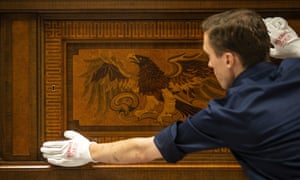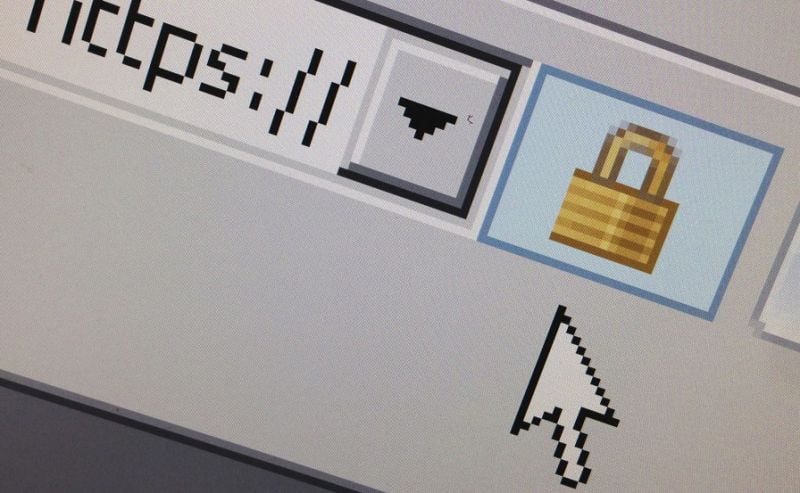An exhibition of Nazi design has opened in the Netherlands to protests and a request for visitors to the museum not to take and share photographs for fear of the exhibits being glorified on social media.
The Museum of Design in Den Bosch is showcasing sculpture by Adolf Hitler’s favourite artist, Arno Breker, a 1943 VW Beetle, photos and Leni Riefenstahl films from the era, in what is being billed as the first great exposition of the “Design of the Third Reich”.
Running for five months, the exhibition has been criticised by the Association of Dutch Anti-fascists, which has called in vain for local authorities to intervene.
As the museum opened, activists from the local communist party staged a small protest a few hundred metres from the institution’s front door.
The Museum of Design’s director, Timo de Rijk, said he was sensitive to the need to avoid glorifying the exhibits and all efforts were being made to treat the issue with sensitivity.
The only area where photography is allowed is by the Volkswagen Beetle, and extra security has been put on in each room.
De Rijk said: “I have had no signal that people from the far left or far right are planning to come to the museum, but you never know.
“From the start we explain that this was a racist ideology and that the party’s aim was to establish a racist volk culture. The exhibition has the feel of a documentary.”
Visitors to the exhibition first encounter a statue by Breker, who accompanied Hitler on the German dictator’s only visit to Paris in 1940. “It shows the Nazi concept of the ideal man,” said De Rijk, a former lecturer in design at the Delft University of Technology. “Hitler was very interested in design. He hated the communists but he was impressed by their use of flags and such things and said the National Socialists should do better.”
De Rijk said he had spoken to the protesters before the opening of the exhibition, which falls on the 75th anniversary of the liberation of Den Bosch from the Nazis.
He said: “They are a group of young people from the Communist party, and we had a long conversation. They are concerned that maybe we are glorifying it all. I would not be doing this if I thought we were, but I can understand that they are aware of that kind of evil in history.”
On the walls of the exhibition hang swastikas and other symbols from the Nazi era, arranged on the themes of racial purity and lebensraum, the concept of the need for extra living space for the German people.
Exhibits have been lent by the Deutsches Historisches Museum in Berlin and the Institut für Zeitgeschichte in Munich but neither institution is officially partnering with the museum in Den Bosch because of the sensitivity of the subject.
[“source=theguardian”]






